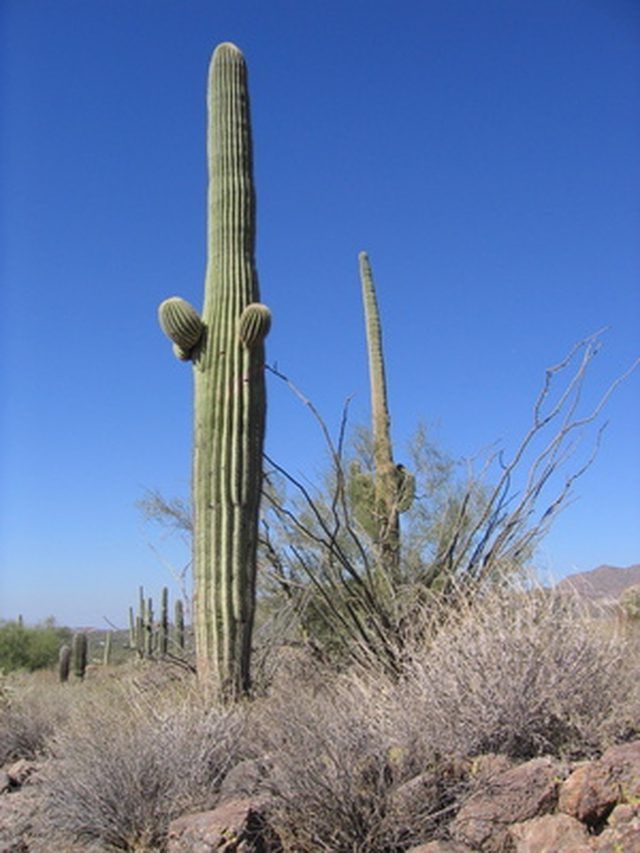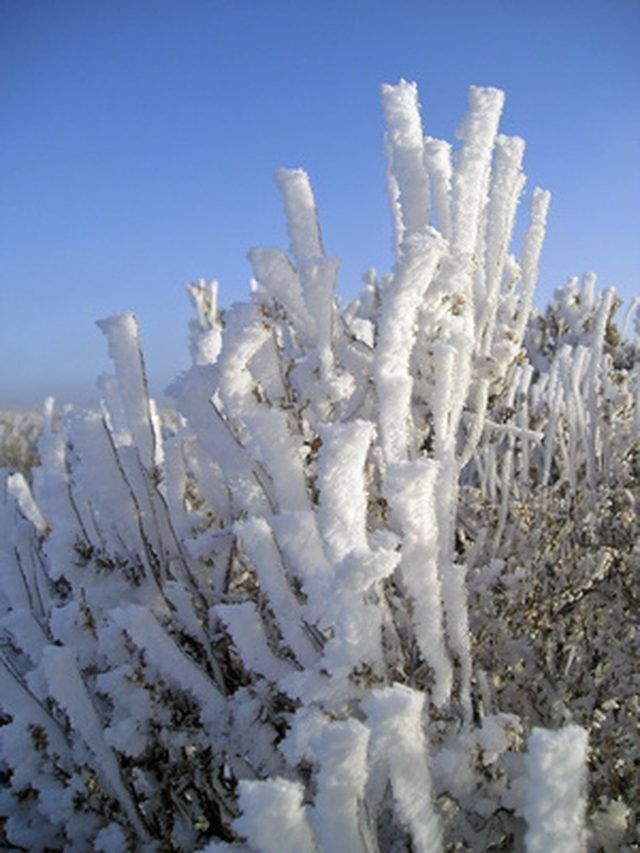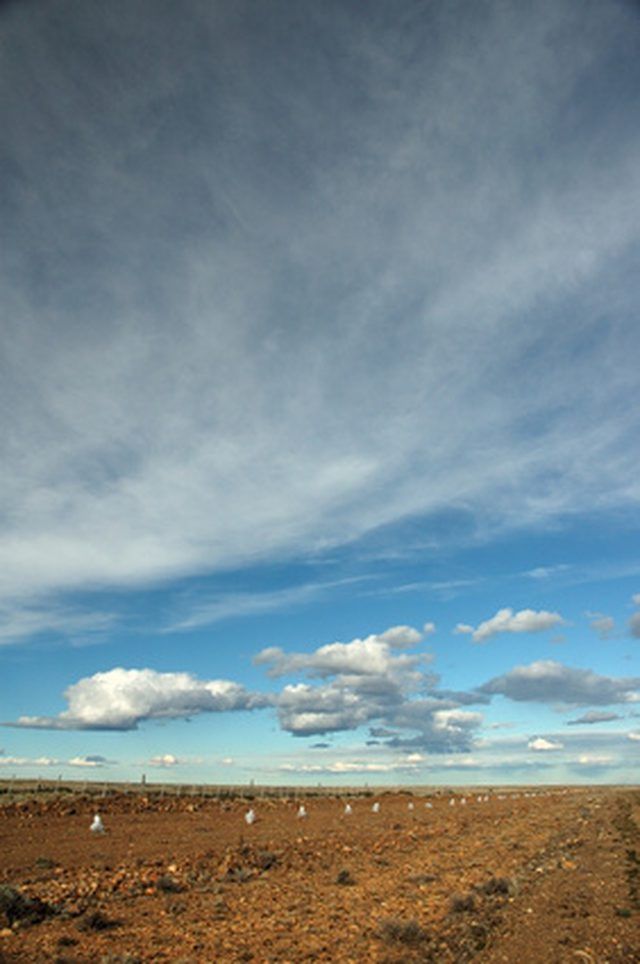Bulbs
Flower Basics
Flower Beds & Specialty Gardens
Flower Garden
Garden Furniture
Garden Gnomes
Garden Seeds
Garden Sheds
Garden Statues
Garden Tools & Supplies
Gardening Basics
Green & Organic
Groundcovers & Vines
Growing Annuals
Growing Basil
Growing Beans
Growing Berries
Growing Blueberries
Growing Cactus
Growing Corn
Growing Cotton
Growing Edibles
Growing Flowers
Growing Garlic
Growing Grapes
Growing Grass
Growing Herbs
Growing Jasmine
Growing Mint
Growing Mushrooms
Orchids
Growing Peanuts
Growing Perennials
Growing Plants
Growing Rosemary
Growing Roses
Growing Strawberries
Growing Sunflowers
Growing Thyme
Growing Tomatoes
Growing Tulips
Growing Vegetables
Herb Basics
Herb Garden
Indoor Growing
Landscaping Basics
Landscaping Patios
Landscaping Plants
Landscaping Shrubs
Landscaping Trees
Landscaping Walks & Pathways
Lawn Basics
Lawn Maintenance
Lawn Mowers
Lawn Ornaments
Lawn Planting
Lawn Tools
Outdoor Growing
Overall Landscape Planning
Pests, Weeds & Problems
Plant Basics
Rock Garden
Rose Garden
Shrubs
Soil
Specialty Gardens
Trees
Vegetable Garden
Yard Maintenance
Temperate Desert Plants
Temperate Desert Plants. Though situated in the temperate zone, the Mojave and Sonoran Deserts with their interesting Joshua trees, saguaros and sotols are classified as subtropical deserts. The temperate deserts are further north in the Great Basin of Nevada and Utah. Other major temperate deserts are the Gobi Desert and Patagonia. Like the plants...

Though situated in the temperate zone, the Mojave and Sonoran Deserts with their interesting Joshua trees, saguaros and sotols are classified as subtropical deserts. The temperate deserts are further north in the Great Basin of Nevada and Utah. Other major temperate deserts are the Gobi Desert and Patagonia. Like the plants in hot dry regions, the flora of temperate deserts possess structures that help them cope with the scarce water supply.
Sagebrush
Sagebrush, a member of the goosefoot family, adapts to the arid environment of the Great Basin in two different ways. Its roots spread out laterally in all directions just beneath the surface of the soil, covering a total area of about 600 square feet. Whenever it rains, these roots efficiently absorb much of the water that falls on the soil above these roots. Sagebrush also possesses leaves protected by little hairs that help the plant retain moisture.

Phreatophytes
Phreatophytes are plants with long taproots that can reach water that lies far below the surface of the soil. The tamarisk and creosote bush are phreatophytes that grow in the Great Basin. The creosote bush also grows in Patagonia, as does Prosopis flexuosa, a phreatophyte related to the mesquite.

Succulents and Parasites
Not many cacti grow in the temperate deserts of the world. But their flora includes other succulents. The saxaul tree of the Gobi Desert in Asia stores water in its bark. This not only keeps the tree alive during extended periods of dry weather, but also helps the Cistanche deserticola, a parasitic plant that lives on the roots of this unusual tree.
Tiny Leaves
Leaves allow water to escape into the atmosphere. So Forsellesia navadensis, the spiny greasewood plant of the Great Basin, produces small leaves that fall off in dry weather. The leaves of the ephedra are tiny scales that allow no water to escape. Both of these plants rely on green stems to produce their food.
Halophytes
The Great Basin contains extensive areas of alkaline or saline soil. Only halophytes (salt tolerant plants) can grow there. The glasswort (genus Salicornia) can live in the extremely salty soil near Salt Lake City. The iodine bush (Allenrolfea occidentalis) is another extreme halophyte. The tamarisk also tolerates moderately saline soil.
Grasses
In the Great Basin many species of grass grow in clumps instead of covering the ground. Desert needlegrass and Indian ricegrass are examples. These and other species are indiscriminately called "bunchgrass" because of their clumping habit. Saltgrass (Distichlis spicata) is a halophyte. In Patagonia tufts of a grass called Festuca gracillima adorn the desert landscape.
Roadside Growth
Plants like the rubber rabbitbrush and the creosote bush thrive alongside the modern highways that run through the desert areas of the Great Basin. When it rains, water runs off the highway toward both sides, and this means that the roadsides will receive more moisture than other areas of the desert.